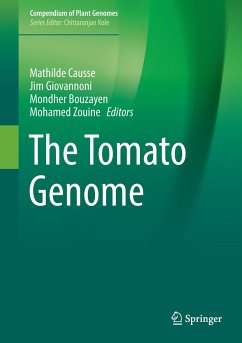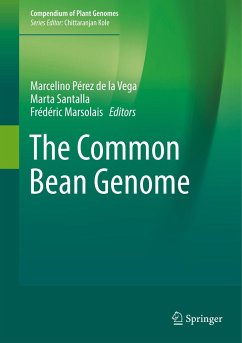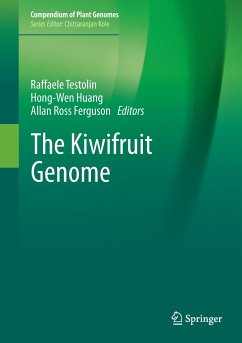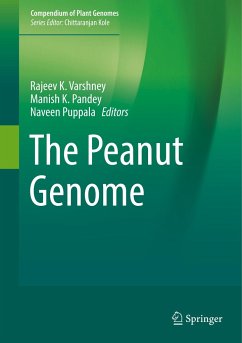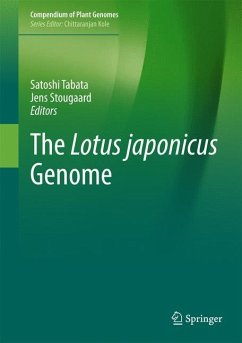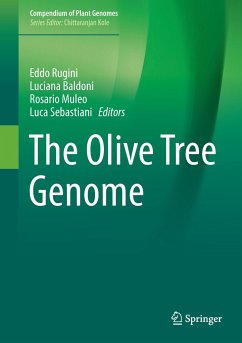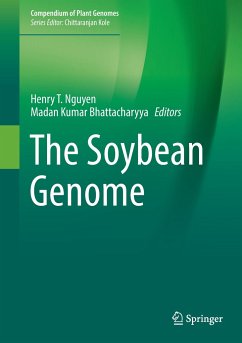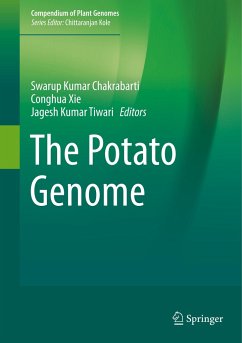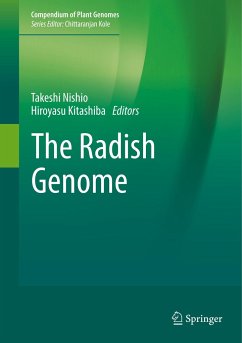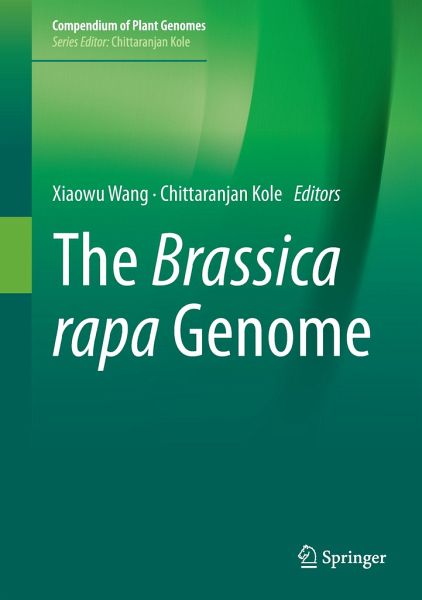
The Brassica rapa Genome

PAYBACK Punkte
38 °P sammeln!
This book provides insights into the latest achievements in genomics research on Brassica rapa. It describes the findings on this Brassica species, the first of the U's triangle that has been sequenced and a close relative to the model plant Arabidopsis, which provide a basis for investigations of major Brassica crop species. Further, the book focuses on the development of tools to facilitate the transfer of our rich knowledge on Arabidopsis to a cultivated Brassica crop.Key topics covered include genomic resources, assembly tools, annotation of the genome, transposable elements, comparative g...
This book provides insights into the latest achievements in genomics research on Brassica rapa. It describes the findings on this Brassica species, the first of the U's triangle that has been sequenced and a close relative to the model plant Arabidopsis, which provide a basis for investigations of major Brassica crop species. Further, the book focuses on the development of tools to facilitate the transfer of our rich knowledge on Arabidopsis to a cultivated Brassica crop.
Key topics covered include genomic resources, assembly tools, annotation of the genome, transposable elements, comparative genomics, evolution of Brassica genomes, and advances in the application of genomics in the breeding of Brassica rapa crops.
Key topics covered include genomic resources, assembly tools, annotation of the genome, transposable elements, comparative genomics, evolution of Brassica genomes, and advances in the application of genomics in the breeding of Brassica rapa crops.





